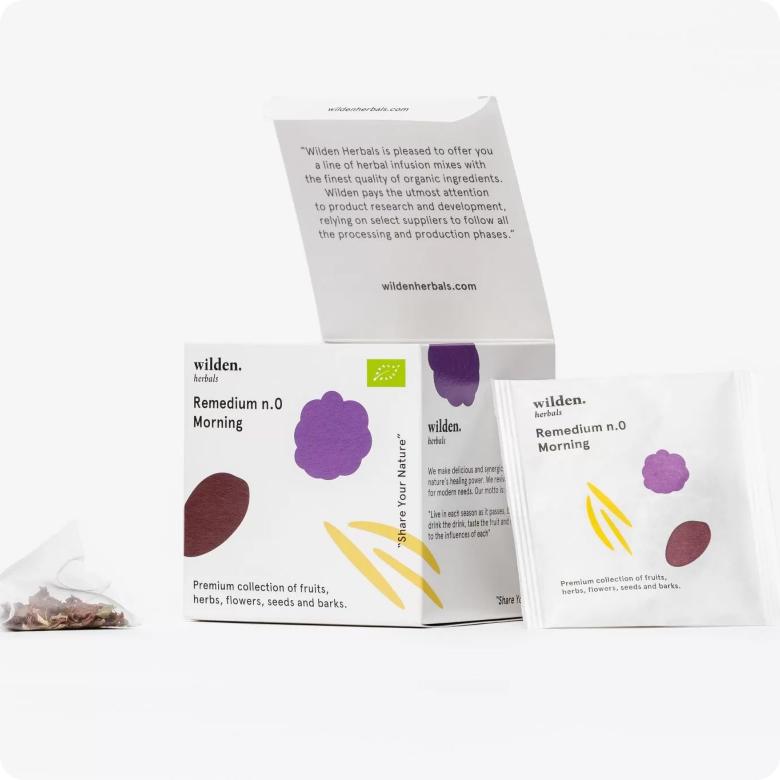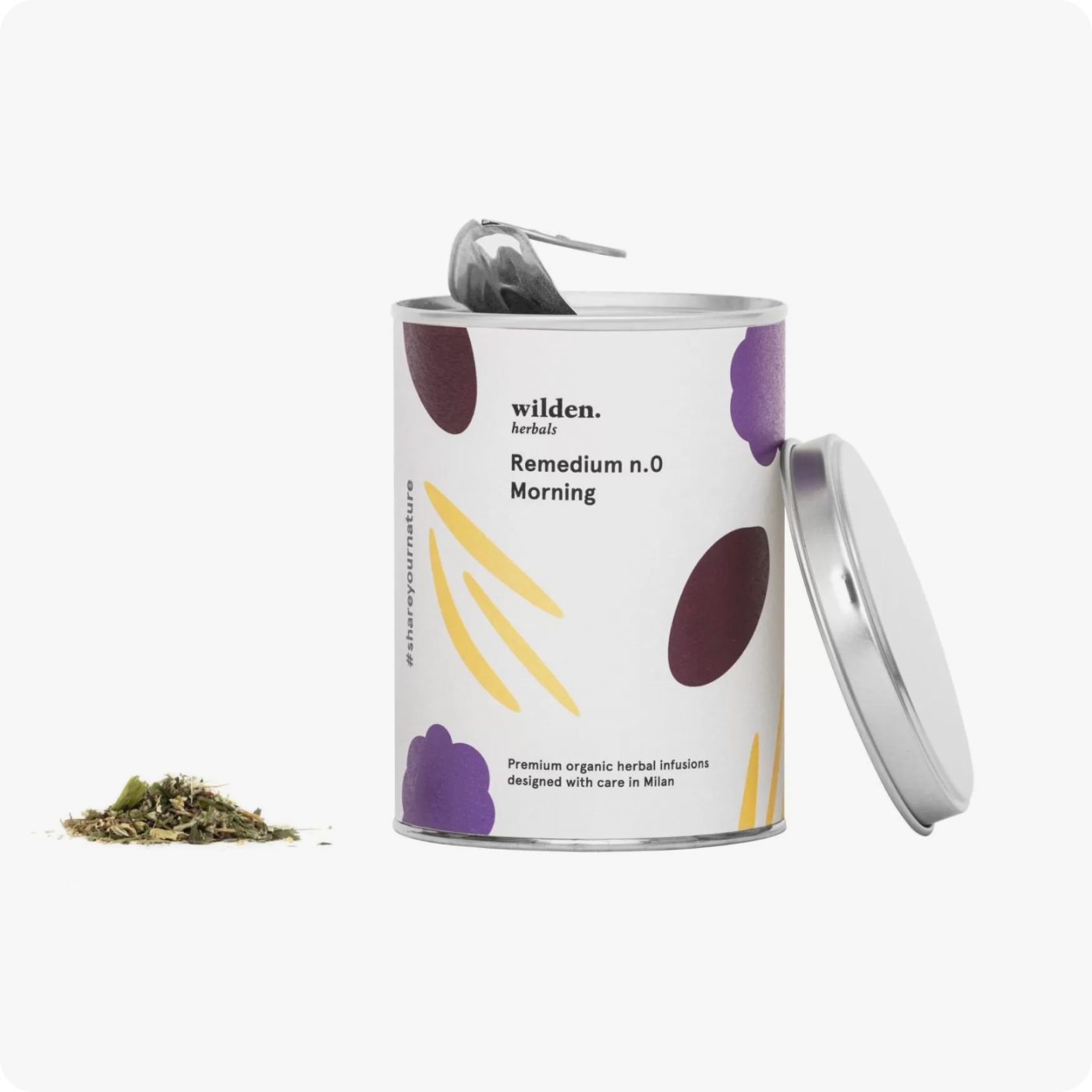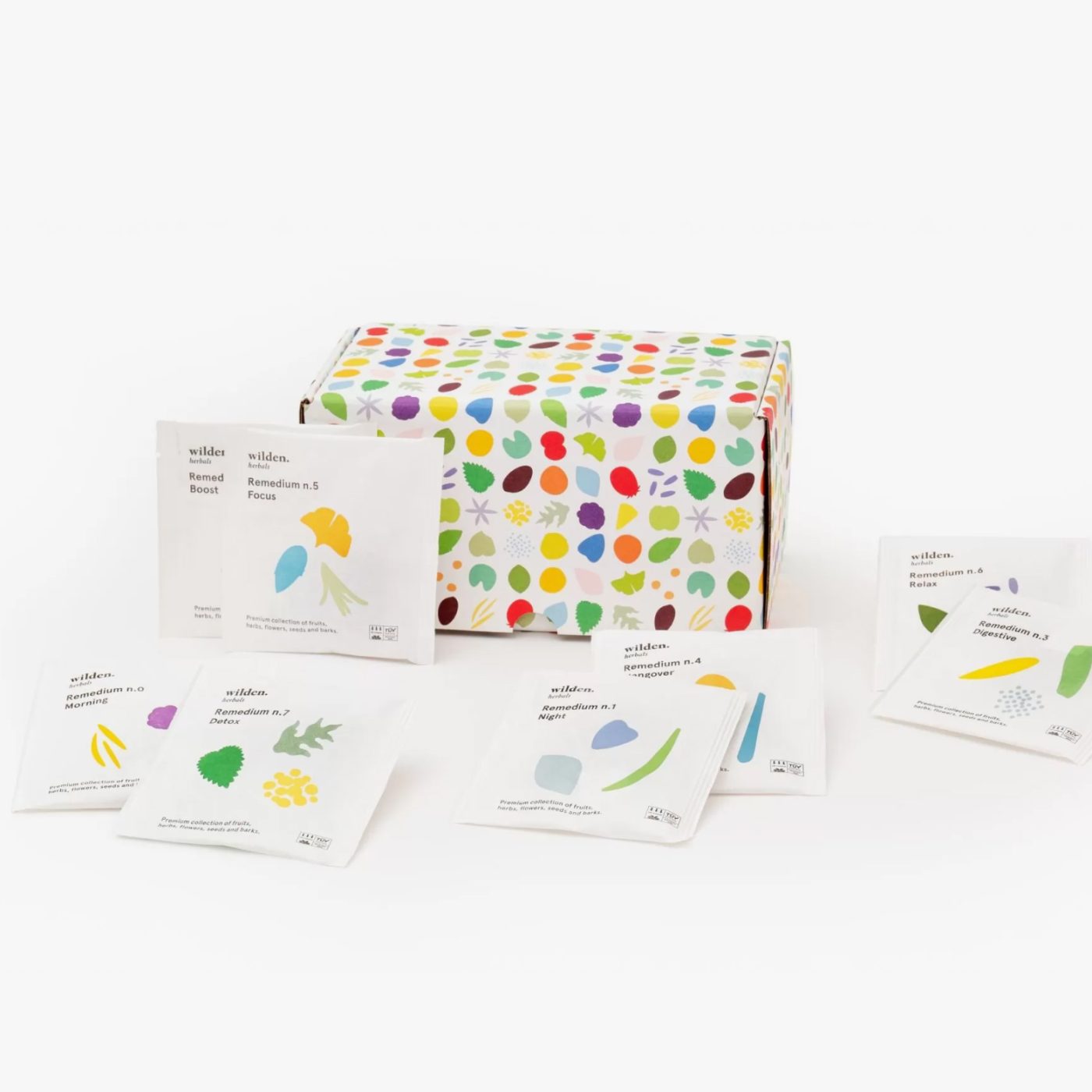Nettle, the plant to be taken right
The nettle is preceded by its reputation as a pest and stinging plant, but getting to know it better reveals that it hides a vast amount of benefits in many different fields, from medicine to cooking to clothing.
Nettle: botanical anatomy
Common nettle, Urtica dioica L., is an herbaceous perennial plant belonging to the botanical family Urticaceae.
Its oblong oval leaves with a heart-shaped base are recognizable by their toothed margins and by the effect its stinging hairs cause on contact with our skin. Who hasn’t happened at least once in their life, probably at an early age, to experience burning and itching due to a chance encounter with this plant?
For those who have been wondering since then, the reason is due to the presence of toxins such as histamine, acetylcholine, and acetic acid, which are found in tiny sacs inside the very thin hollow needles that release their contents when the leaves are rubbed.
Like all dioecious plants, nettle can bear only female flowers or only male flowers. These are small inconspicuous greenish spikes that appear from June to October. Their fruit is an achene that contains one and only one brownish-yellow seed, rounded at the top and pointed at the bottom. Pollination occurs mainly through the action of the wind, so it is easy for clusters of male plants to grow not far from clusters of female plants.
Oh, and if you should get stung by this plant again there is an ancient folk remedy that can come to the rescue: immediately rub in some peppermint leaves or use a few drops of lavender essence, which, with their anesthetizing properties, will provide immediate relief.
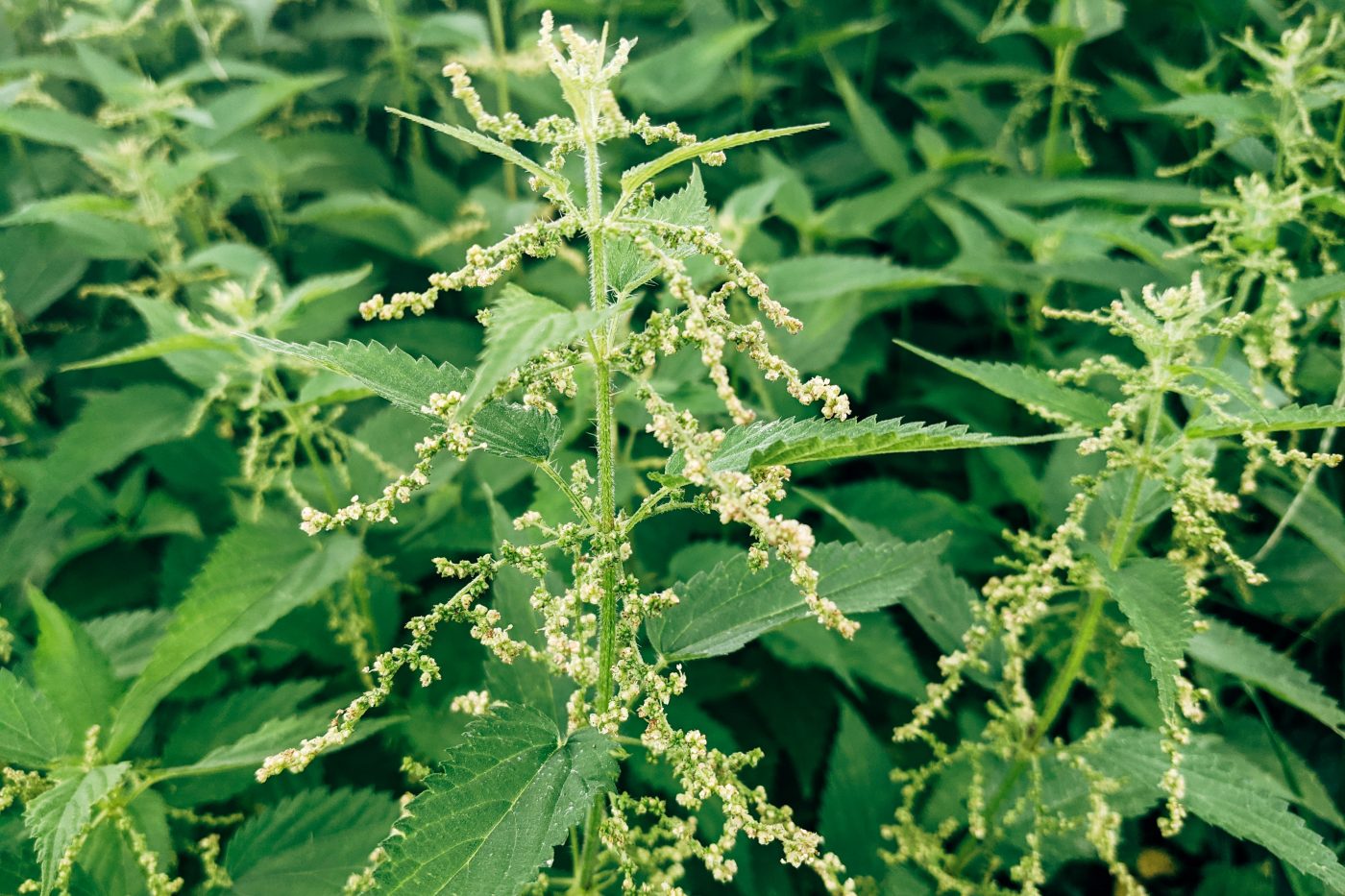
Nettle: origin and habitat
Nettle grows wild and is widespread all over the world. The only places where it has not been identified are the Arctic, India and South Africa. Its origins are in the colder regions of Europe and Asia, where it grows up to about 2,500 m above sea level.
It prefers moist, nitrogen-rich places, preferably shady and near streams. It is mostly found along roadsides, near abandoned houses and in fallow land, but also in wooded clearings.
Nettle: how to use it
Of the nettle nothing is thrown away: from all its components (leaves, roots and stem) useful substances can be obtained that have medicinal powers. The properties of this plant that have been handed down since ancient times are many and it would take much more than one article to recount them, here we will limit ourselves to listing all the benefits attributed to nettle that have more recently been scientifically confirmed: remineralizing, diuretic, antirheumatic, antioxidant, antimicrobial, anti-ulcer, astringent and analgesic.
Ecco perché abbiamo scelto l’ortica come ingrediente del nostro Remedia n.7 – Detox, la nostra ricetta più giovane – per ora! – che ha effetti distensivi, rilassanti, e purificatori. Una tisana che ti consigliamo non solo in quei momenti in cui senti il bisogno di cominciare un nuovo periodo all’insegna del benessere, ma anche quotidianamente la mattina per un risveglio carico di energia e come accompagnamento dei pasti.
In peasant tradition, nettle was also used to make a decoction against hair loss and to counter the effects of arthrosis. In the kitchen, however, it is still used today (always after blanching to eliminate the stinging effect) for omelets, soups, risottos, ravioli or pasta filling, and fermented drinks.
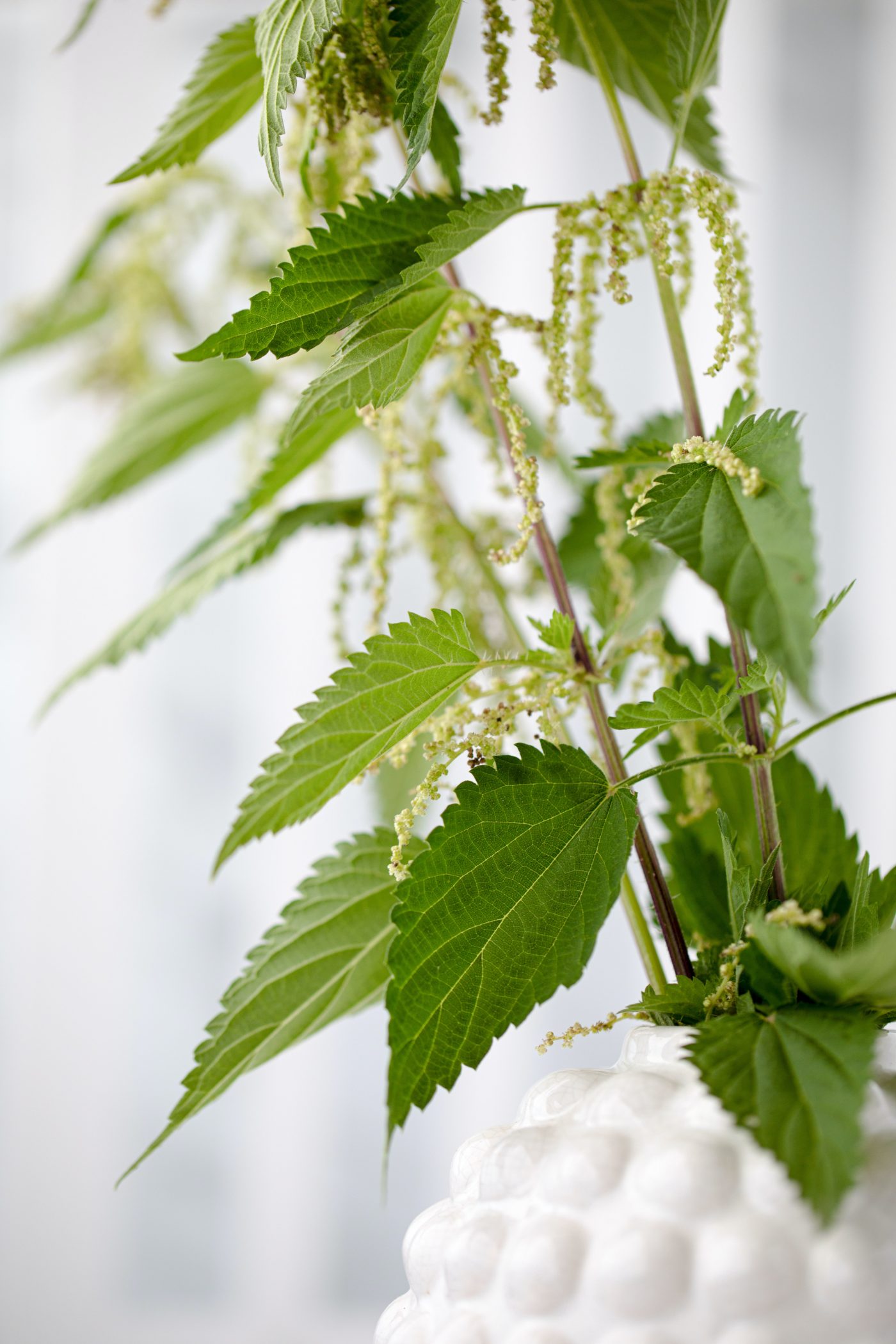
Nettle: curiosities
- In Scandinavian countries, nettles were a symbol of the god of thunder and lightning. To prevent being struck by lightning, in the Middle Ages, it was customary to throw a bunch of them on the roof hoping it would persuade the lightning to deflect toward the earth.
- In Italian, nettle has inspired some negative locutions such as “gettare alle ortiche” when you throw away something you no longer intend to use or “only nettles grow here” to indicate a desolate place. It is funny to think that this plant in our country is also known as “burning grass” or “mother-in-law’s revenge” because it would affect secret boyfriends who had to sneakily throw themselves into the grass so as not to be seen.
- Nettle plants have been used to make textile fibers from them since Prehistoric times, well before wool or cotton. In addition, due to the presence of chlorophyll in it, nettle is also perfect for dyeing textiles in an all-natural way.
Bibliography
- Gayle Engels & Josef Brinkmann, Stinging Nettle. American Botanical Council https://www.herbalgram.org/resources/herbalgram/issues/110/table-of-contents/hg110-herbpro-stingingnettle/
- Andrea Papini & Valentina Baronti, The art of eating wild. The use of wild herbs in folk tradition. Sarnus, 2022
- Dorota Kregiel, Ewelina Pawlikowska & Hubert Antolak, Ordinary plants with extraordinary properties. Molecules, 2018


